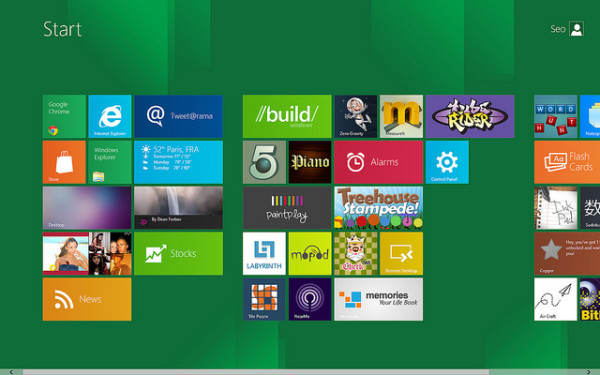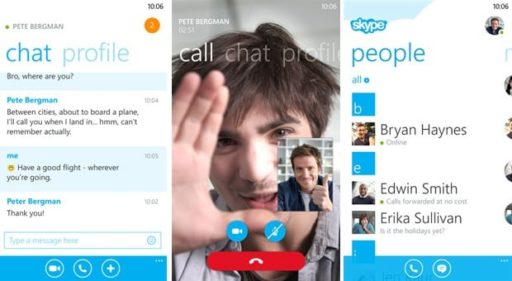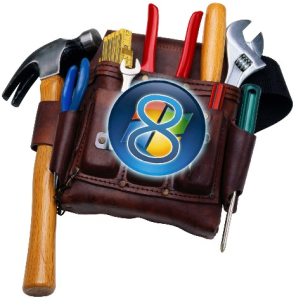The timing couldn’t have been better. While Mozilla folks are working hard to introduce a version of Firefox that will work on both Metro and classic modes of Windows 8, and Google has announced that it will work on a similar version of Chrome, Microsoft has made a timely announcement. According to Microsoft, the Internet Explorer in Windows 8 will come in two versions. One would be the metro-styled program, just like a smartphone app, while the other will be your standard desktop browser.
So what does this mean? I think that this essentially is good news for the users because eventually, you will decide a certain mode which you will feel comfortable with. Either you will get to like the Metro interface and stick with it; or you will not like it and stick to the desktop mode. Either way, you will have the option of using a version of IE that goes with that mode.
Metro version of IE in Windows 8:
For instance, shall you choose the Metro mode for most of your Windows 8 use, you will get an IE that is well streamlined and works just like a smartphone or tablet app. According to a Microsoft official, “Metro style browsing offers you a full-screen, immersive site experience.” In Metro mode, IE will have no menus, address bar, tabs or other visual clutter. Rather, it will be expansive so as to display the page on as wide a place as can be possible.
You may question how does one get to navigate in such a browser. Well, when you right click in the browser, it will show the address bar at the bottom of the browser and at the same time, a space at the top so that you will be able to open a new page in another tab or close one of the existing pages.
When you click in the address bar, you will be presented with Navigation Tiles. These will display the sites that you have pinned so that you could access them quickly. The ‘back’ and ‘forward’ buttons will be next to the address bar along with a refresh button. Another very useful feature is the ability to ‘pin’ a particular website straight to your Metro Start screen so that you can later access that page without launching the browser first.
Basically, the approach that Microsoft has used in the Metro version of IE is to allow the users maximum space and minimum clutter so that the web page viewing can be an all new experience. At the same time, this required elimination of all menus etc. So this has been managed by removing them from the screen and revealing them whenever you require them.
However, there are some problems with this Metro version. There is no support for plug-ins which is a huge set-back! Some very simple tasks such as printing a page has become far more difficult than it was in the earlier versions of the browser. So unless Microsoft makes these tasks easier and their shortcuts familiar in the final version of Windows 8, the Metro style may not gel in perfectly with the overall appeal of Windows 8.
[ttjad keyword=”microsoft”]



